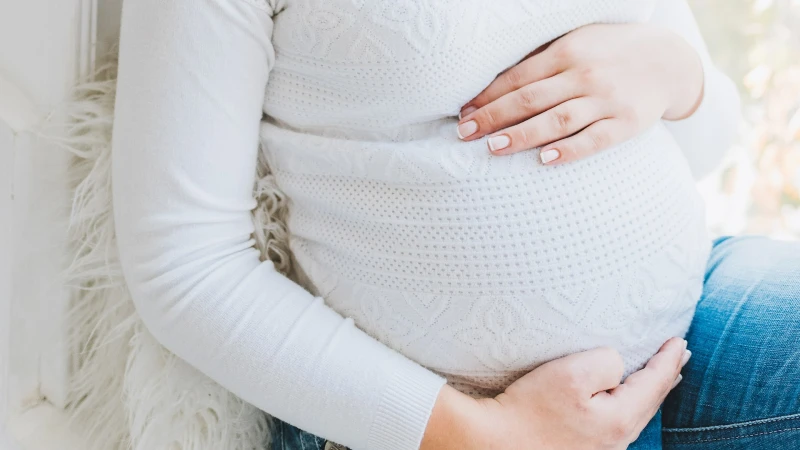Disclosure: This post may contain affiliate links, meaning we get a commission if you decide to make a purchase through our links, at no cost to you. Please read our disclosure for more info.
Ovulation is a crucial process in a woman’s reproductive system that allows for pregnancy to occur. It is the release of an egg from the ovary, and it typically occurs around the middle of a menstrual cycle. However, once a woman becomes pregnant, her body goes through changes that prevent further ovulation until after the pregnancy is over. In this article, we will discuss the process of ovulation, how it relates to pregnancy, and why a woman does not ovulate while she is pregnant.
In This Post:
What is Ovulation?
Ovulation is the process by which a woman’s body releases an egg from one of her ovaries. The ovaries are located in the pelvis and are responsible for producing eggs and the female hormones estrogen and progesterone. Before ovulation occurs, the egg develops within a sac called a follicle. Once the egg is fully mature, the follicle releases it into the fallopian tube, where it can potentially be fertilized by sperm.
The process of ovulation is controlled by a complex interplay of hormones, including luteinizing hormone (LH) and follicle-stimulating hormone (FSH). LH triggers the release of the egg from the ovary, while FSH helps to mature the egg within the follicle. The timing of ovulation varies from woman to woman, but it typically occurs around day 14 of a 28-day menstrual cycle. However, it can vary depending on a woman’s menstrual cycle length.
How Does Pregnancy Affect Ovulation?
Once a woman becomes pregnant, her body goes through several changes that prevent further ovulation. The first change is the production of the hormone human chorionic gonadotropin (hCG), which is produced by the placenta after fertilization. hCG signals to the woman’s body to stop ovulating, and it also helps to maintain the pregnancy.
Another change that occurs is the thickening of the cervix, which makes it difficult for sperm to reach the egg. Additionally, the mucus in the cervix becomes thick and impenetrable, which also acts as a barrier to sperm. Finally, the uterus lining becomes thicker and more nourishing, which is necessary for the fertilized egg to implant and grow.
Why Women Don’t Ovulate During Pregnancy
Once a woman becomes pregnant, her body goes through changes that prevent further ovulation. The main reason for this is that the body is focused on maintaining and supporting the pregnancy. If ovulation were to occur, it could potentially lead to the fertilization of another egg and the development of twins or multiples. This would put additional strain on the mother’s body and the developing fetus, which could lead to complications during pregnancy.
Additionally, ovulation during pregnancy could lead to the formation of a corpus luteum cyst, which is a cyst that forms on the ovary after ovulation. These cysts can cause discomfort and pain, and in some cases, may need to be removed surgically.

Conclusion
Ovulation is a crucial process in a woman’s reproductive system that allows for pregnancy to occur. However, once a woman becomes pregnant, her body goes through changes that prevent further ovulation until after the pregnancy is over. The production of the hormone hCG, thickening of the cervix, thickening of the uterus lining and mucus make it difficult for sperm to reach the egg. Additionally, ovulation during pregnancy could lead to the formation of a corpus luteum cyst, which can cause discomfort and pain. Therefore, it’s important to understand the process of ovulation and how it relates to pregnancy to have a better understanding of the female reproductive system.


